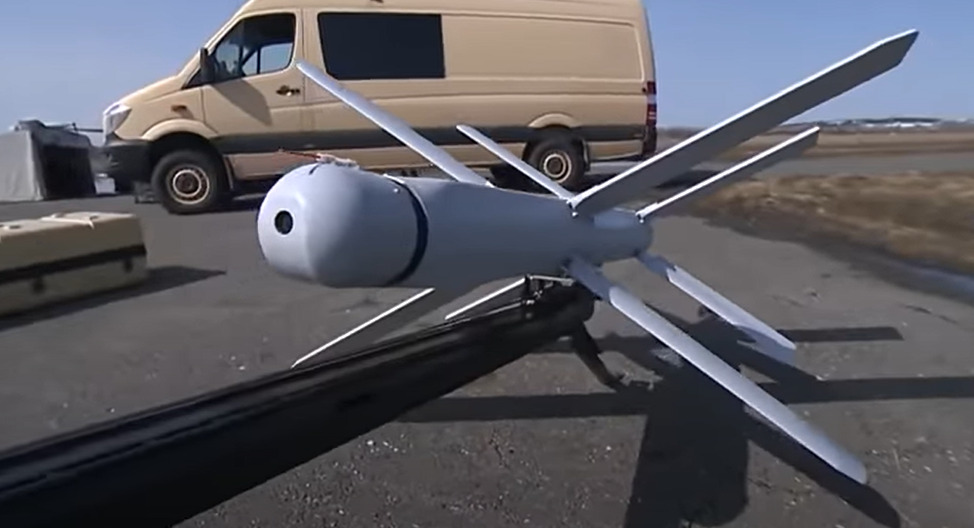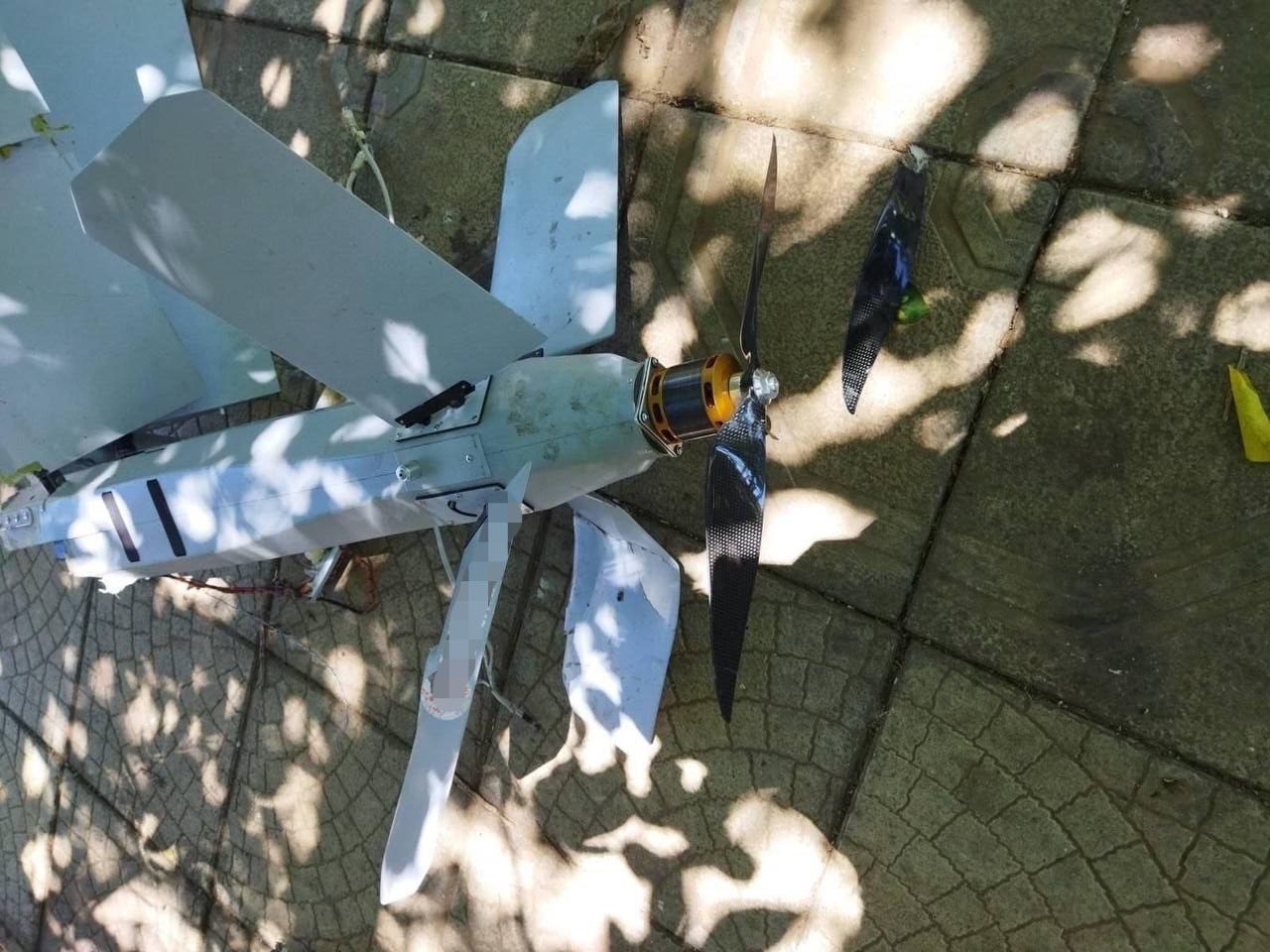On July 15, Ukrainian sources shared a photo showing the wreckage of a Russian Lancet loitering munition that was allegedly shot down near one of the frontlines in Zaporizhzhia oblast.
While this is the first time the loitering munition is spotted in Ukraine, it was reported in June that the Russian military has been using the system against Kiev forces since the begging of its special operation in the country.
The Lancet was developed by the ZALA Aero Group, a s subsidiary of Russian defense giant Kalashnikov. The largest version of the loitering munition, the Lancet-3, has an operational range of 40 kilometers, an endurance of up to 40 minutes, a speed of 80 to 110 kilometers per hour. The munition is equipped with an elector-optical system that allows it to detect, track and lock on its target. It is armed with a three-kilogram warhead.
An improved version of the Lancet with extended x-shaped wings that allows for a longer rang and endurance was recently developed by the ZALA Aero Group.
The ZALA Aero Group also produces the KUB-BLA, a simpler loitering munition that is designed to engage static targets only. The loitering munition has an operational range of 40-60 kilometers, an endurance of 30 minutes and a speed of 80 to 130 kilometers per hour. It is also armed with a warhead weighting three kilograms.
Loitering munitions like the Lancet and the KUB-BLA allow the Russian military to engage high-value targets behind the line of sight with high precision on a short notice. These loitering munitions are cheap and easy to manufacture. Furthermore, the small radar cross-section and minimal infrared signature of these munitions make them hard to detect and intercept.








Any addinional weapon that can be used against the US sponsored Ukro-Nazi child rapists is very welcome!
I just can’t wait for the weapons Russia is holding for NATO to be unveiled.
The next one is the Kalina that they are currently deploying in the Russian far east. This weapon will be used to destroy the camera on-board the murican satellites used the feed the ukrops the coordinates to shoot at.
Keep in mind that the treacherous murican private companies are giving such infos. They will obviously scream when their “civilian” satellites will be destroyed. So prepare to live in a world with severely disrupted google maps and similar.
The sooner that Western spy and location satellites are disabled the better.
I can still read maps, LOL
Slava Rossiya.
Hah! Yeah. I can’t wait for those days – idiots traipsing around without a clue, wondering which way is up. Their digital universe is actually hell.
Have map and compass/transit, will travel.
OTOH, THIS medium will disappear. It was nice knowing you. Stay safe.
What happened with Switchblades? “Game changer” you know….
Everything they’ve been sent has been called a game changer but the initial Russian attack on Kiev decimated the regular Ukrainian military and the forced conscripts they are using now don’t have the education to utilize them.
fullovit
They are all employed to change Biden’s diapers. Yes they change, but not the game!
The toll of this war has gone too high with no end in sight coming anytime soon.. RF should try to assassinate the comedian wherever he is.
Napoleon,nah watch the rest of eu union degenerates fail in the wake first,then deal with napoleon 11
Zelensky’s death wouldn’t end the war. If anything, the only slim hope of ending it soon is to negotiate with him.
OH NO, DONT KILL THE COMEDIAN…!!!!!!!!! If he was to go, someone who actually can successfully lead Ukraine to success might be found…!!!!! Never kill an incompetnt adversary…..!!!!!!!
did this dildo went to Kiov to drink coffe with the jew nazi abortion !?
Jew Nazi? You’re not only hateful but deluded beyond redemption.
when police in Omaha see my nazi tattoos I can loiter in all LGBT n neighborhoods
Losing a drone in a war is nothing. Missiles cost more.
Just another way to kill Nazis.